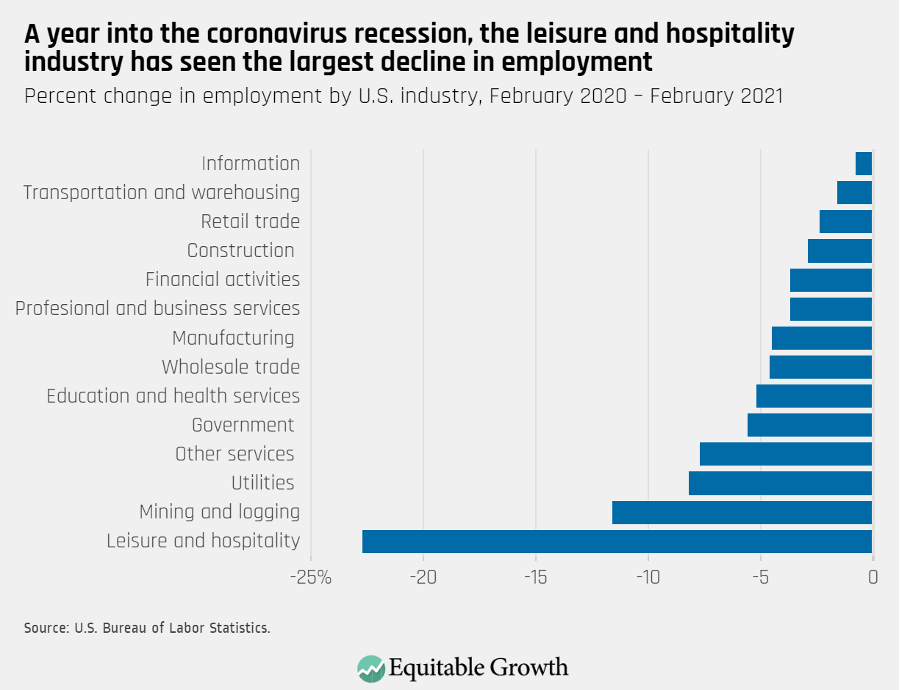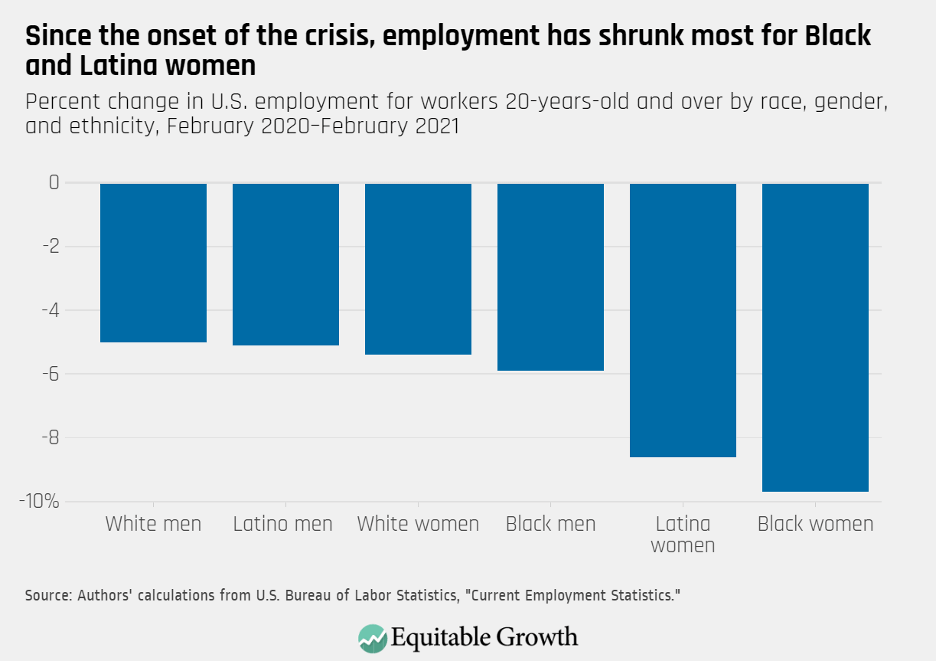UMWA president talks about Biden's energy plans
- Mar 6, 2021
United Mine Workers of America (UMWA) President Cecil Roberts says he has no doubt America can learn to burn coal in a clean manner, and he's hopeful President Joe Biden will come up with a rapid plan to replace all of the coal-related jobs that will be eliminated under his clean energy plans.
Biden has been vocal about his desire to transition America to 100 percent renewable energy for electricity generation by 2035 and net-zero emissions by 2050.
To do so, fossil fuels will have to be retired.
Biden wants the U.S. to lead when it comes to addressing the world's climate emergency.
While Biden's plans would likely have a positive impact on the environment, they could also be devastating to coal communities in West Virginia and throughout Appalachia – despite the president's talk of wanting to assimilate coal workers into new industries when mining jobs go away.
In a one-on-one phone interview, Roberts told The Register-Herald that Biden's energy plans "concern us greatly."
"We knew based on his campaign what his plans would be with respect to energy," said Roberts. "I know President Biden wants to do the right thing. I don't doubt that at all – that's not the issue."
Roberts said the problem is thousands of workers will be unemployed under net-zero emissions – and there is no concrete strategy to replace the multitude of coal industry jobs that will be lost.
"You see a state like West Virginia and areas like Kentucky, Indiana and Alabama – they're all heavily dependent on coal," Roberts said. "We're talking about doing this in 14 years. Think about that. We're going to change the entire method of producing electricity by eliminating all these jobs. What do we do with the workers?"
It has been said that the Biden administration plans to create millions of jobs in renewable energy fields, but Roberts says he has to see evidence that those jobs are being created before thousands of workers are left unemployed.
"Just think about this for a moment," Roberts said. "The 2035 net zero emissions would eliminate not only coal, but it would also eliminate natural gas.
"The idea that we would be using, as a country, renewable and renewables only – A, I don't think that's possible. B, I don't think that's pragmatic. And C, It would be devastating to the economy in Appalachia where you and I come from," Roberts said, specifically referencing West Virginia.
Many of the union workers Roberts represents have shared their concerns about how they will provide for their families if the coal industry is eliminated.
"We've (already) lost thousands and thousands of jobs across Appalachia, and there hasn't been a plan for helping find jobs that were equivalent to these (coal) jobs. So the question is: What's the plan here? Or is there a plan?" he said.
In a December 2019 Newsweek article, Biden was quoted on the campaign trail saying, "Anyone who can go down 300 to 3,000 feet in a mine can sure as hell learn to program as well," referring to computer-related jobs.
Some Americans dubbed these comments "tone deaf" and "unhelpful."
At the time, American Coal Council CEO Betsy Monseau said it was a "lack of appreciation" for what miners actually do.
When asked about Biden's comments, Roberts said, "I think coal miners can do anything."
However, we're still not talking about union jobs that offer an equivalent wage and benefits, he said.
Former presidential candidate John Kerry has been quoted saying coal miners can be put to work installing solar panels.
"That's fine," Roberts said, "except those aren't union jobs and don't pay much."
Aside from massive job losses, Roberts says transitioning to clean energy is also a hard pill to swallow because it will make America more reliant on China.
"What we're talking about doing here is helping China out economically," Roberts said. "Two-thirds of all solar panels in the world are made in China. Two-thirds of all wind turbines are made in China. If we're going to do this, let's do it in Appalachia and put thousands of people to work and make them union jobs represented by the UMWA."
Also bringing the demise of the steel industry into the conversation, Roberts said, "We don't produce steel in this country and we've just stopped talking about it. Why can't we have a steel industry again in America?"
Roberts was once a miner himself and hails from a family deeply rooted in the mining industry. His father was also a steel employee.
He says he understands the job and has dedicated his life to fighting for the rights of union coal workers.
He plans to continue what he considers an uphill battle.
"We will defend these jobs because we know how hard it is to replace them," he said. "The administration should be working hard to create these high-paying jobs before eliminating them. That doesn't work well in my mind – and I don't think it works well for the people of Appalachia, either."
Roberts recalled the time when coal jobs were abundant across Appalachia.
Those days are long gone – and few industries have moved in to replace many of these old coal communities.
Roberts can recall standing 20 feet away from former president Barack Obama once when he was running for president in 2008.
"He said, 'If we can find a way to put a man on the moon, we can burn clean coal,'" said Roberts. "The only thing we've failed to do here is put the money and resources into this.
"I have no doubt that we can burn coal cleanly. We have people who say to us, 'You don't believe in science and technology.' I believe in both of them," he said. "The question is: Do they believe we can use technology to utilize coal cleanly in a coal-fired power plant?"
A recent CNBC article cited a Bureau of Labor report stating that there were less than 50,000 coal jobs at the end of 2020.
"2020 was the worst year for coal mining," Roberts said. "50,000 is about right, yes. It might even be lower than that. It will be higher at the end of 2021, but the jobs in the coal mining industry will be at risk."
When asked if miners should be concerned for the future of their careers, he said, "Yes."
"For 10 years, I've told myself it's like the fight that never ends," said Roberts, referencing his fight to keep miners' pensions and health care.
Roberts is currently the longest serving president of the UMWA. He could have retired years ago but has elected to continue working.
"I'm not planning on leaving in the middle of this fight. I've met a lot of wonderful people along the way. I've been blessed."





